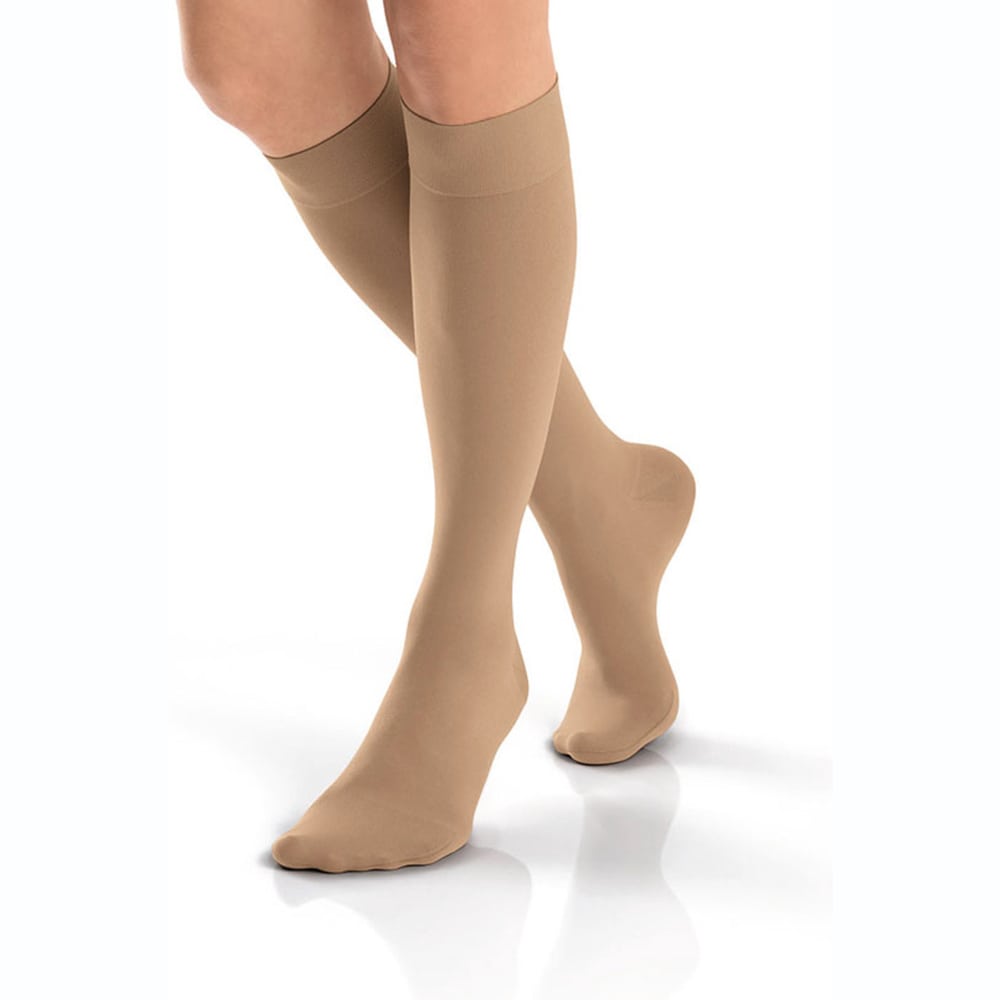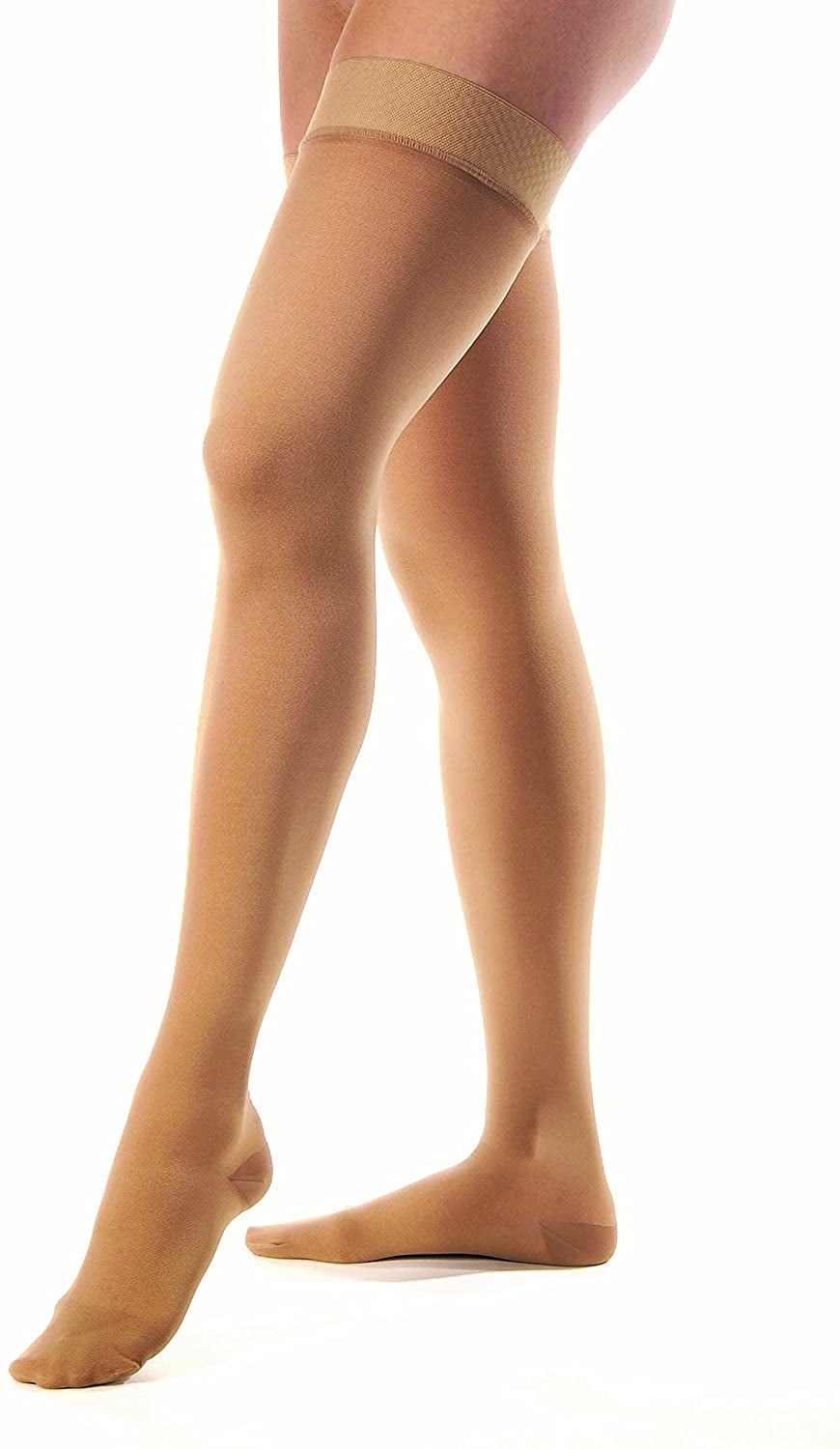

Original Medicare does not recognize compression socks/stockings as durable medical equipment (DME) and therefore does not provide coverage for the legwear. All plans must provide at least the same coverage as original Medicare (Part A and Part B), and may offer additional benefits.Ĭoverage for compression socks and stockings Part C is also known as Medicare Advantage and is offered by private insurance companies.Part B also covers some vaccines and injectable or intravenous medication infusions. Part B medical coverage helps pay for doctor’s visits and medical expenses, such as durable medical equipment.Part A pays for inpatient stays, such as at a hospital or inpatient rehabilitation facility.

Medicare is federally regulated and has four parts. Hospitals most commonly use these compression types for surgical and post-surgical patients.Ĭompression legwear may also be constructed of different materials, where some feel more like hosiery (thin) while others are made of thicker sock material. Pneumatic compression: These are specialty compression stockings that wrap around the lower legs and use a special motor to squeeze a person’s legs intermittently to provide extra pressure.

Compression stockings of 40–50 mmHg are usually available only by prescription. Some stockings also offer ‘extra firm’ compression of 30–40 mmHg. Examples of common measurements include 15–20 mmHg and 20–30 mmHg.
#JOBST COMPRESSION STOCKINGS PROFESSIONAL#
A doctor or professional usually fits graduated compression stockings. Standard compression stockings and socks exert the same pressure throughout and may be labeled as having ‘uniform’ compression.

Venous stasis ulcers: These ulcers may be related to poor blood flow in the lower legs, and generally need wound care for treatment, which may include the use of compression socks and stockings to promote blood flow.Īre there different types of socks or stockings?Ĭompression socks and stockings vary depending on where the compression is concentrated and the strength of the compression.Leg aching/tired legs: Leg aching or tiredness may be due to affected circulation in a person’s lower legs, and compression socks and stockings may help reduce these sensations.The faint feeling is related to blood flow changes, which compression socks and stockings may help alleviate. Orthostatic hypotension: This condition causes a person to feel faint if they stand up too quickly.According to Diabetes Research and Clinical Practice, mild compression stockings can decrease lower extremity edema without negatively affecting a person’s circulation. Diabetes: A person with diabetes may have lower extremity edema and affected circulation.They may also prevent edema or the pooling of excess fluid in the lower legs. Swelling: Compression socks and stockings can help reduce lower-leg swelling, which can be common in congestive heart failure.Thromboembolism: Wearing compression socks and stockings can help promote blood circulation, which can decrease the amount of blood pooling in the legs to potentially avoid blood clots.Share on Pinterest Image credit: Leesle/Getty ImagesĬompression socks and stockings are designed to give consistent pressure on a person’s legs, which may help blood flow back toward their heart.Ī doctor may recommend them for several conditions, including venous and lymphatic disorders such as deep vein thrombosis.


 0 kommentar(er)
0 kommentar(er)
